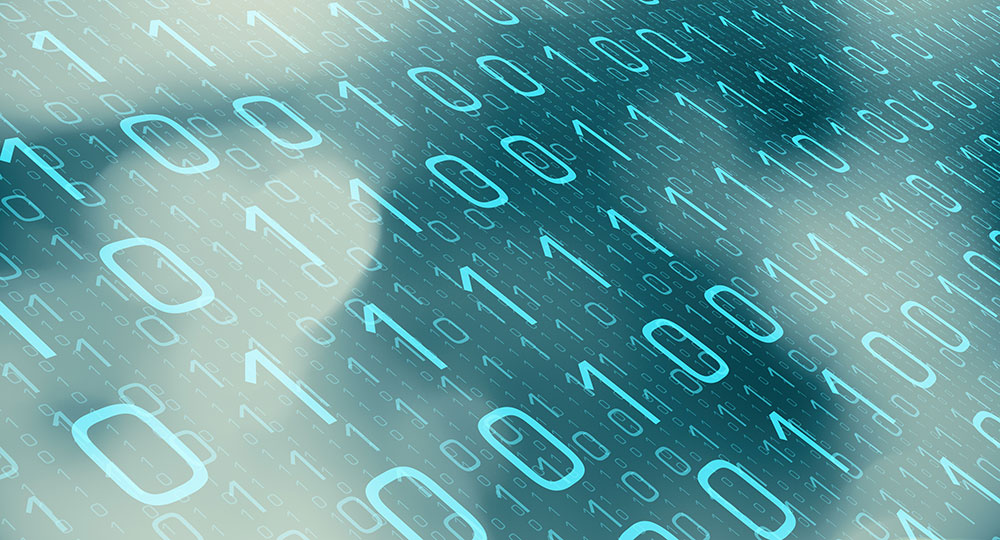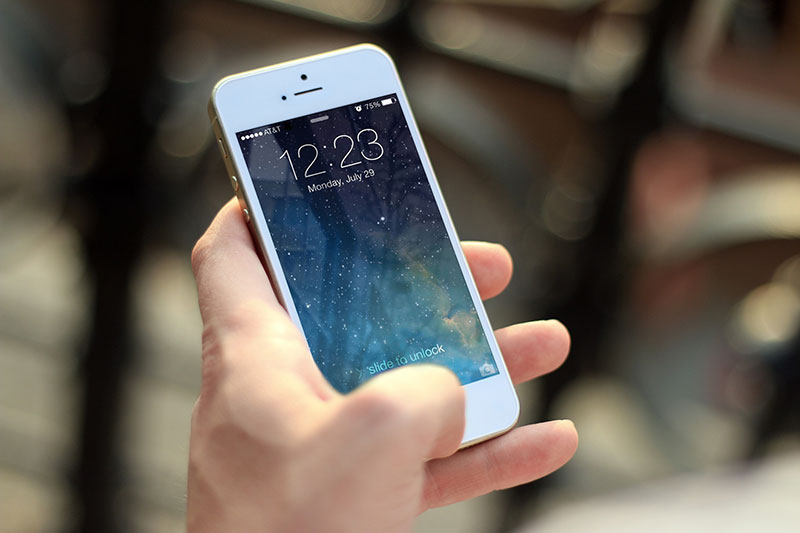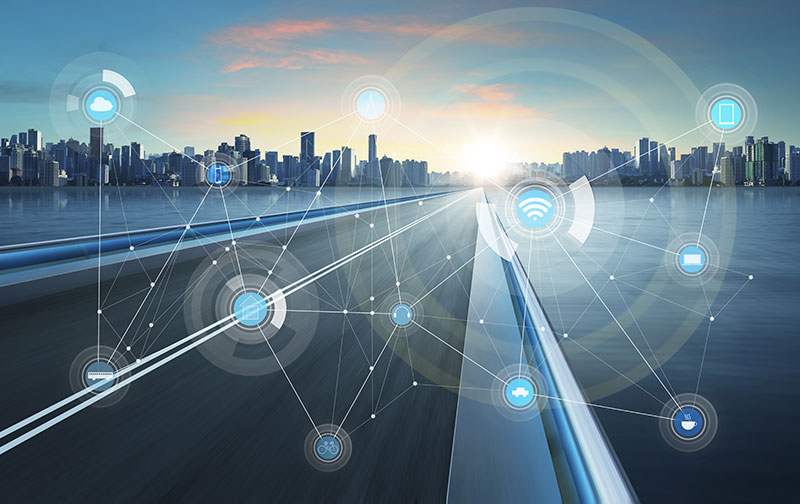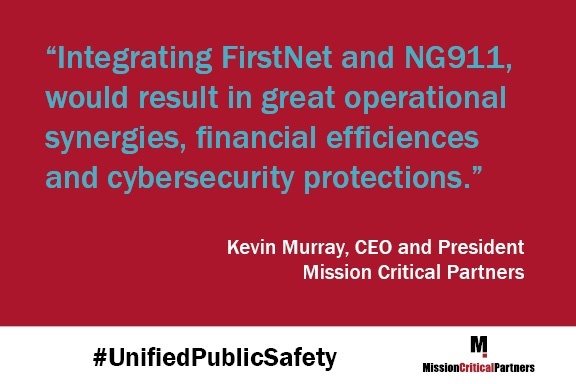Records Are Meant To Be Broken, Right? DDoS Attacks Are a Concern to 911
Computer and cybersecurity nerds across the internet are marveling at last week’s report of a record-breaking distributed denial of service (DDoS) attack aimed at a software development website called GitHub that caused intermittent access outages.
For those unfamiliar with DDoS attacks, they are intended to block public access to an online service by flooding it with junk data or repeated requests from multiple, and often compromising sources, thereby rendering legitimate access impossible. DDoS attacks are increasing in quantity, breadth, and sophistication. Some attacks have gone as far as demanding a ransom to terminate the attack.
Cyber attacks are on the rise, and public safety MUST protect against them
As we talk with our public safety communications clients about implementing a statewide emergency services IP network (ESInet) and / or Next Generation Core Services (NGCS), we cannot stress enough that protecting these Internet Protocol (IP)-based, broadband-enabled networks is paramount. Government DDoS attacks have already caused many detrimental and unforeseeable effects on emergency response. Recently, the Multi-State Information Sharing and Analysis Center (MS-ISAC) released their 2018 SLTT Government Outlook which, not surprisingly, highlighted its position that the “sophistication of malware, cyber threat actors, and tactics, techniques, and procedures (TTPs) will continue to increase.”






